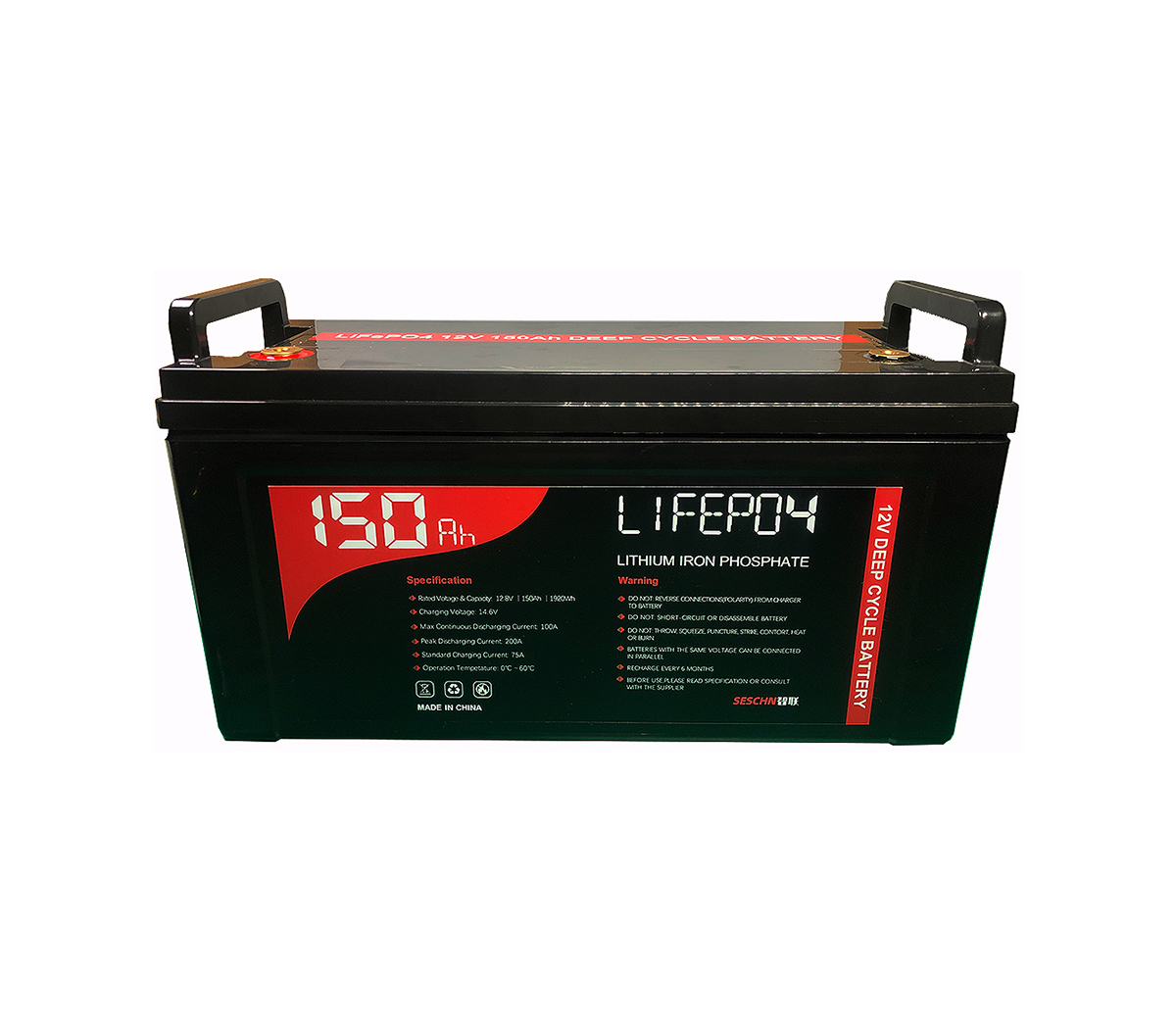Although SES Power is a manufacturer of customized lithium-ion batteries,
we have more than ten years of experience in the field of battery energy storage
systems, although we often use lithium batteries, especially those that can
perfectly replace lead-acid batteries. LiFePO4 electromagnetic, but we are still
concerned with the development of other types of secondary rechargeable
batteries, of which metal-air batteries are one of our concerns.
Metal-air batteries work by providing electrical energy through the
oxidation of metals during discharge.
The metal acts as the negative electrode and is paired with the air
positive electrode. The positive electrode itself does not store any charge, but
takes oxygen from the air through an electrochemical reduction process during
discharge and generates hydroxyl ions in the electrolyte. Electrons flow from
the metal negative electrode to the positive electrode through an external
circuit and provide electricity.
In rechargeable metal-air batteries, this metal oxidation reaction can
store electrical energy by applying voltage and current. While almost any metal
that can spontaneously oxidize can serve as a metal-air base material, only
relatively few have the properties required for rechargeable batteries.
Historically, metal-air batteries have been used primarily as batteries in
disposable low-power small consumer devices, the most common example being
zinc-air batteries used in hearing aids. Research on rechargeable metal-air
batteries has been going on for decades, but the real commercialization is in
the form of rechargeable zinc-air batteries.

(Development history and working principle diagram of metal-air
battery)
To date, two major categories of metal-air batteries have received the most
attention. They differ by the type of electrolyte used, either aqueous (usually
alkaline) or non-aqueous (usually based on ether or alkyl carbonate organic
solvents).
The choice of electrolyte reflects its stability to side reactions at the
battery operating voltage: zinc-air batteries, iron-air batteries, aluminum-air
batteries can use alkaline aqueous solutions, while lithium-air and sodium-air
batteries require non- Aqueous electrolytes are attractive for higher energy and
power densities because of their higher battery voltages.
Both types of metal-air batteries have theoretically high specific energy.
The specific energy of Li-air battery and Zn-air battery is about 50 times and 5
times that of Li-ion battery, respectively. However, in practice zinc-air
batteries only reach about 35% of their theoretical energy density.
Aqueous metal-air batteries are safer than lithium-ion batteries, mainly
because aqueous electrolytes are not flammable, and they are one of the cheapest
rechargeable batteries to store energy.
Metal-air batteries have lower open circuit voltages than lithium-ion
batteries—2.9V for lithium-air, 1.65V for zinc-air, and 1.28V for zinc-air. And
the low voltage means that more batteries need to be connected in series to
reach the higher system voltage. Systems using metal-air batteries would be more
complex and expensive than lithium-ion batteries.
Currently, metal-air batteries using alkaline water electrolytes are more
attractive for stationary electric energy storage system applications, mainly
due to their safety and cost advantages. The cost of non-aqueous metal-air
batteries tends to be higher than that of aqueous metal-air batteries, mainly
because of the higher cost of metals and electrolytes. Lithium, zinc, iron, the
three metal-air chemistries have energy storage costs of about $40/kWh, $6/kWh,
and $0.6/kWh, respectively. Water-based alkali metal-air batteries have the
potential to enable energy storage applications with system costs below
$10/kWh.
Zinc-air battery technology is the most mature and has been developed into
primary and secondary batteries. In the 1970s, there was a brief interest in
iron-air batteries for developing electric vehicle applications. And this
battery technology is now trying to find its way into grid-scale energy storage.
Aluminum-air batteries are also chemically less expensive, but have poor
charging performance; for this reason, they have been mostly used as primary
batteries to date.
Two other variants of metal-air batteries may have the potential to deploy
grid-scale energy storage systems. One is a "mechanically rechargeable" battery,
where the oxidized metal negative electrode or the entire battery is replaced
after the battery is discharged. The used anode material can then be recycled
back to its metallic form and reprocessed as part of the system's cost
structure. Aluminum-air batteries are one of the candidates for this approach
because of their high energy density and low cost, but poor electrical
reversibility.
The second type of battery is the air-breathing water-sulfur flow battery.
Changes in the concentration of sodium ions in the electrolytes used in air or
sulfur electrodes result in the uptake or release of oxygen with a concomitant
change in the sulfur charge state. The cost of this variant electrolyte can be
as low as $1/kWh, and in a flow battery configuration, it provides independently
adjustable power and energy for long-term energy storage. A major disadvantage
of air-breathing aqueous sulfur flow batteries is the challenging requirement
for ion-selective membranes that can separate low- and high-pH cathode and anode
electrolytes, respectively.
Extremely low material cost, high energy density, relatively simple design,
and inherent safety make aqueous metal-air batteries one of the more promising
electrochemical cells.
Compared with lithium-ion batteries, current metal-air batteries have lower
round-trip energy efficiency, higher electricity cost, and lower cycle life.
This characteristic makes metal-air batteries ideal for deployment in energy
storage applications lasting more than 12 hours.
Metal-air batteries are expected to have relatively high electricity costs
($590/kW to $950/kW), compared to $30/kW to $50/kW for lithium-ion batteries and
$290/kW for flow batteries ~$530/kW, but the expected cost of energy storage
capacity is extremely low ($0.1-$4.0/kWh), suggesting a potentially important
role for this technology in long-duration energy storage applications.
Of course, under the existing circumstances, lithium-ion batteries are
still the first choice for energy storage systems, which is a view that SES
Power agrees with. , 24V100Ah, 36V100Ah, 48V100Ah, household energy storage 3KW,
5KW systems, rack-mounted energy storage systems and other products, lithium
iron phosphate batteries that can work at -40 degrees Celsius, are widely used
in the field of energy storage.



































